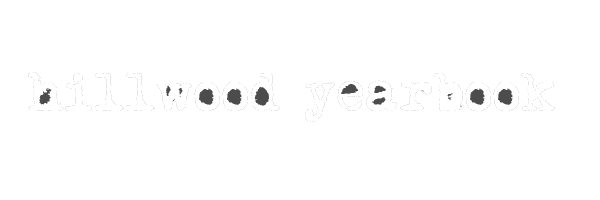1. What news is
2. What "news values" are part of news
3. How "audience" affects news content
4. Different types of news
5. The journalist's role in news
Description:
Over the course of this assignment, you will be part of a panel that will present and explain portions of an article to the staff.
These explanations will be as part of a group or team, but everyone is required to say something individually as well.
Discussion/Presentation:
Feel free to make a PowerPoint, but this is not required.
One member of the team will need to use the projector and highlight the material you are discussing in the reading material from the link.
Form four groups of from three to five people.
Latazia and Daiana are not part of a group. They will moderate the panel discussion.
Groups
Carra, Matthew, Chloe, David_8 & 9
Casey, Madison, Cole_5 & 7
Marisa, Caroline, Ayashe, Victor_6
Kendall, Kevin, Andrew_1 & 2
Anton, Adrianna, Coleen, Tyler_3 & 4
Groups
Carra, Matthew, Chloe, David_8 & 9
Casey, Madison, Cole_5 & 7
Marisa, Caroline, Ayashe, Victor_6
Kendall, Kevin, Andrew_1 & 2
Anton, Adrianna, Coleen, Tyler_3 & 4
Read the article this week. Each group should answer all the questions. We will begin discussions and presentations next week.
Go to this link and read the article "What is news?"
http://www.america.gov/st/freepress-english/2008/April/20080416211618eaifas0.8870203.html
In your discussions/presentations be sure you comment on the following:
1. Include at least five "news values". Explain what each one means.
2. How does the intended audience affect news?
3. What are the two types of news mentioned? Explain what each means.
4. Describe, define and explain the three basic origins of new stories.
5. Read "The Journalist's Role".
a. How is a journalist different from a propagandist or gossip?
b. How does the concept of independence enter into the role of a journalist?
6. Read "Objectivity and Fairness".
a. What was the original meaning of the term "objectivity"?
b. Explain the concept of "objectivity" after 1996.
c. From reading the last three paragraphs, comment on fairness and balance. If there are two or more sides to a story, should equal time or space be given to all groups? Why or why not?
7. Read "News Providers"
a. Describe, define and explain these news sources-newspapers, magazines, radio, television, the internet. Discuss the strengths and weaknesses of each.
b. What are some of the "additional skills" today's journalists may need?
8. Discuss the principles of journalism in a democratic society
9. List one example of fair and balanced news as well as one example that is not fair and balanced. Explain why you believe this is true.
presentation
rubric: (maximum of 20 points for each category)
_____
Speaking and research skills could facilitate interviewing and other
oral communication activities.
_____
Evidence of language skills, demeanor, and attire to cultivate
success and good public relations.
_____
Journalistic vocabulary common to the industry to speaking,
listening, and writing activities.
_____Legal
and ethical journalistic standards applied to presentation
activities.
_____
Clarity of explanation, in terms of the explanation content, plus
vocalization and speech.
